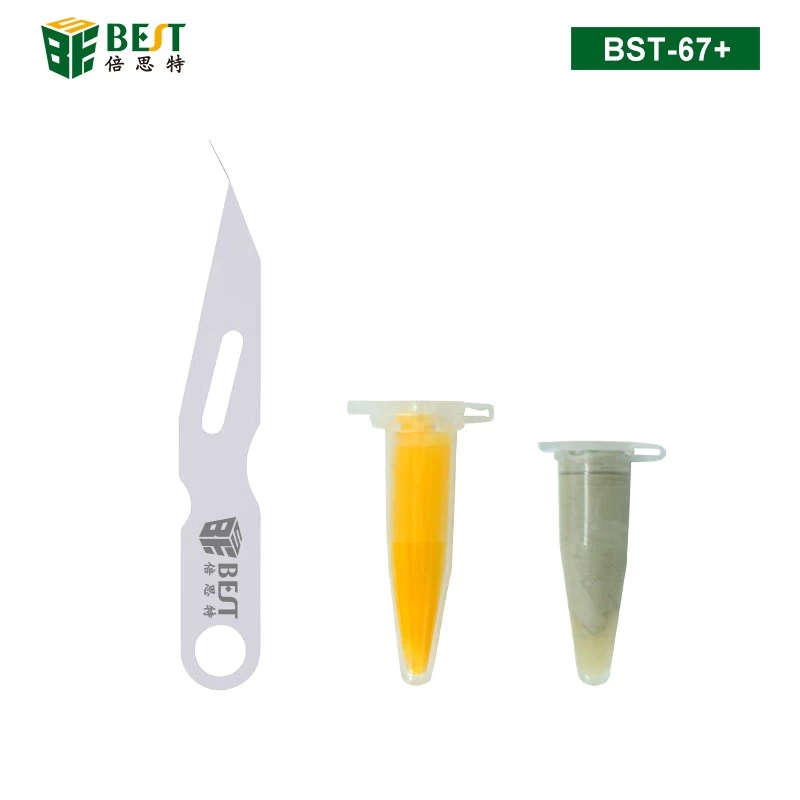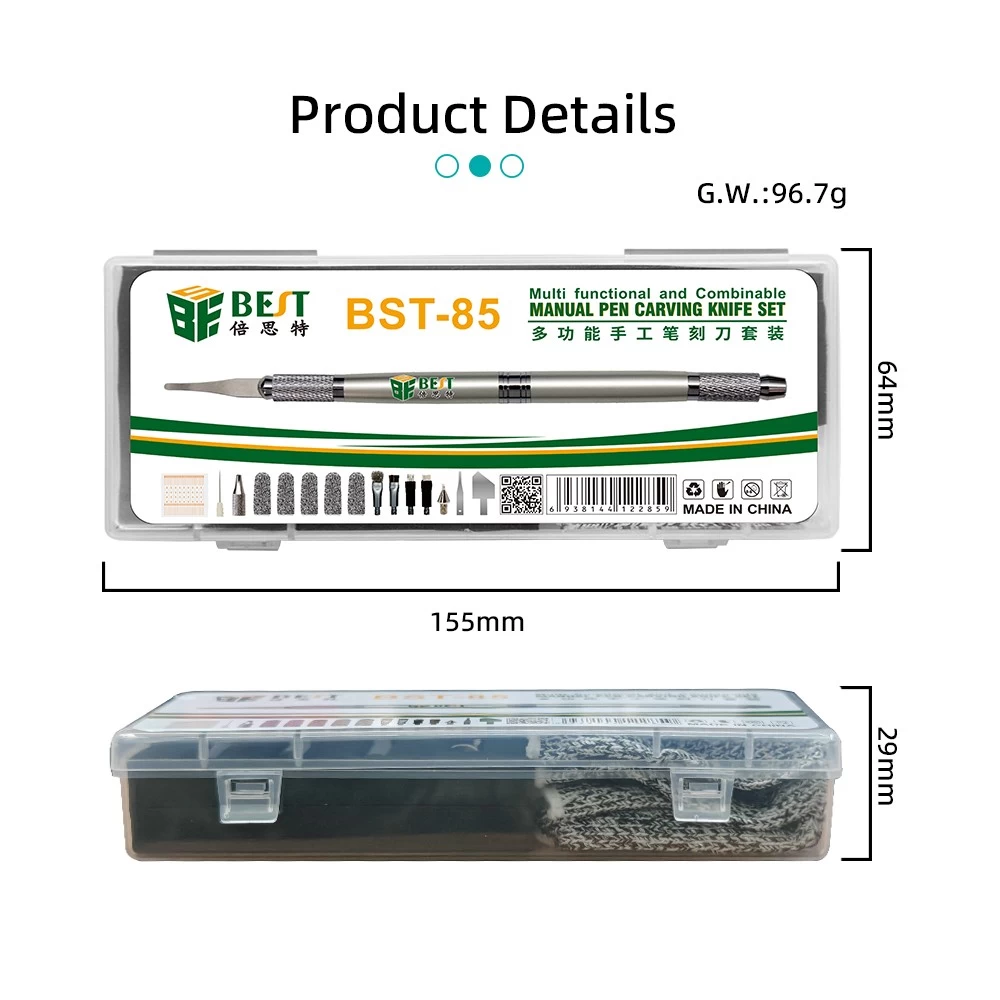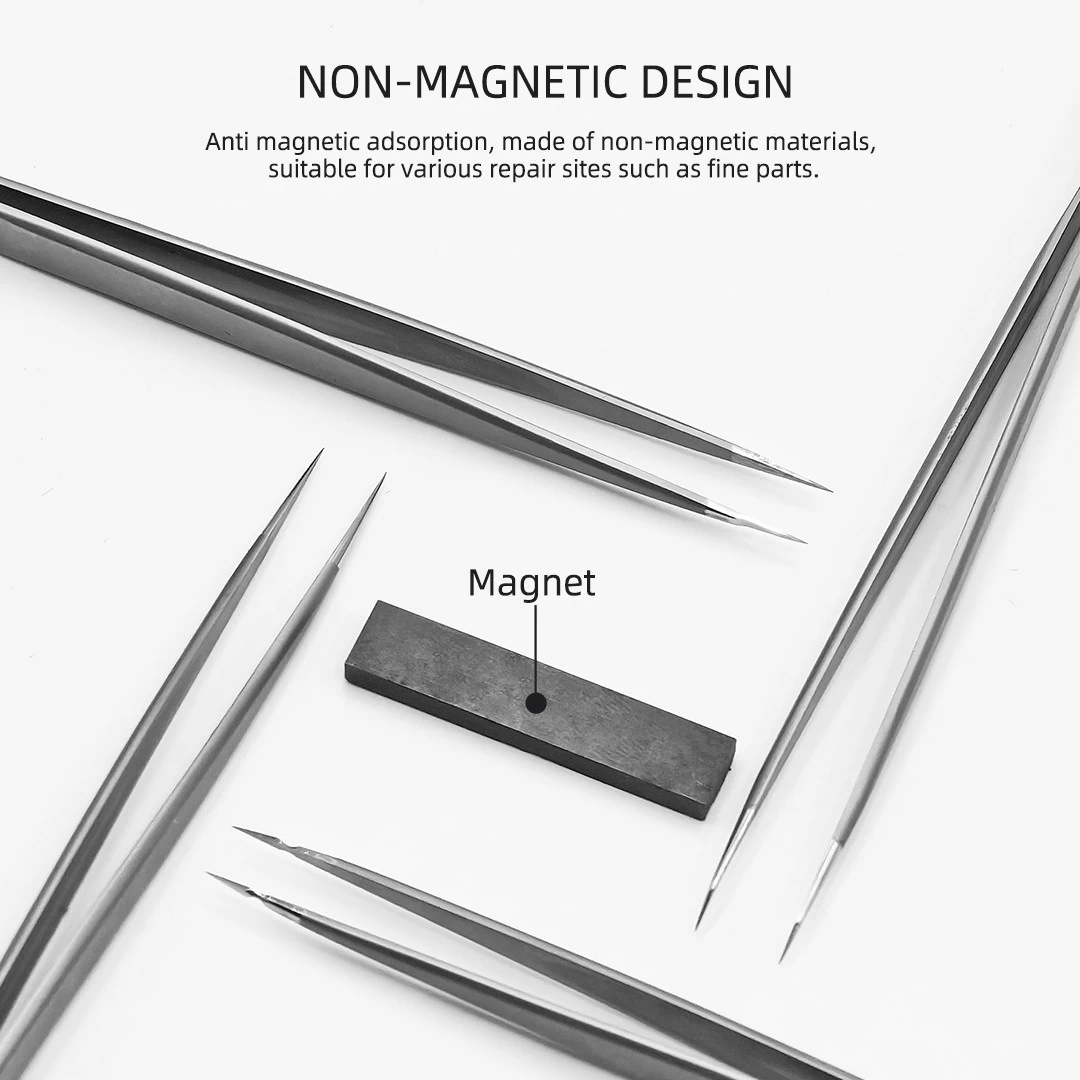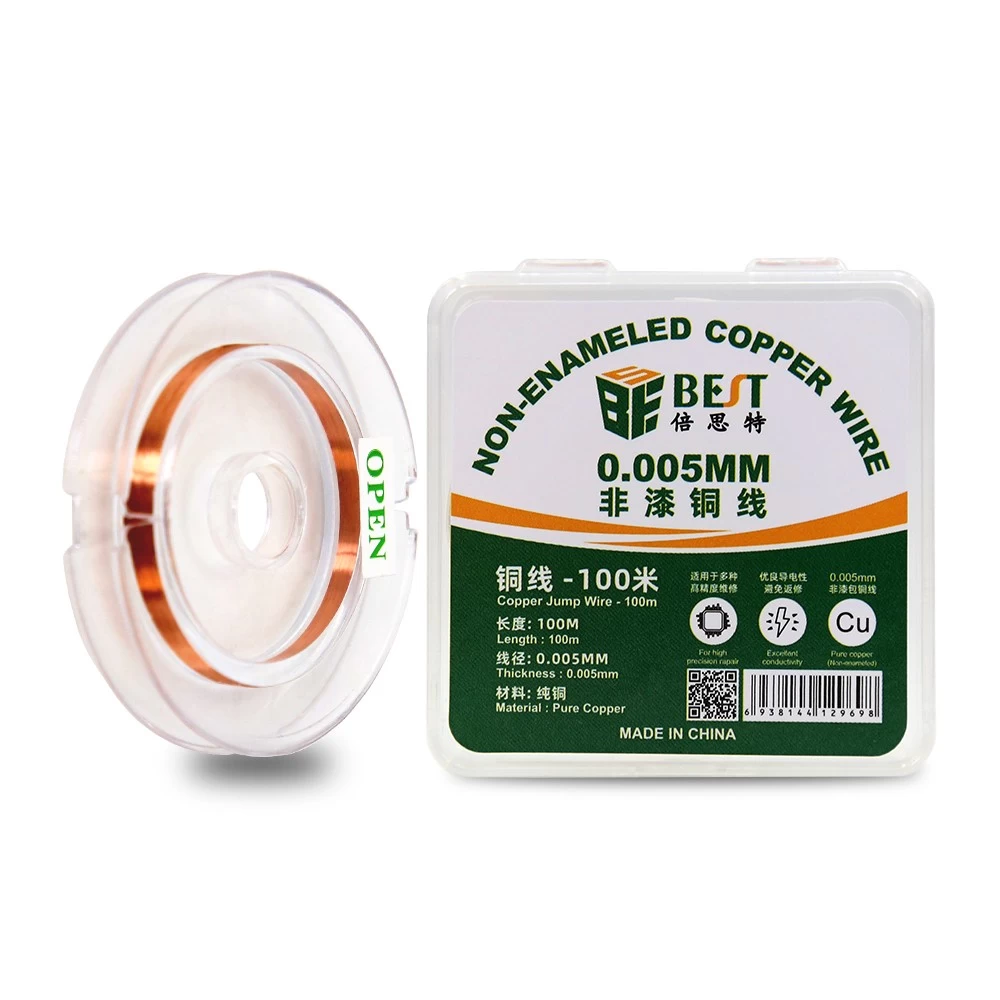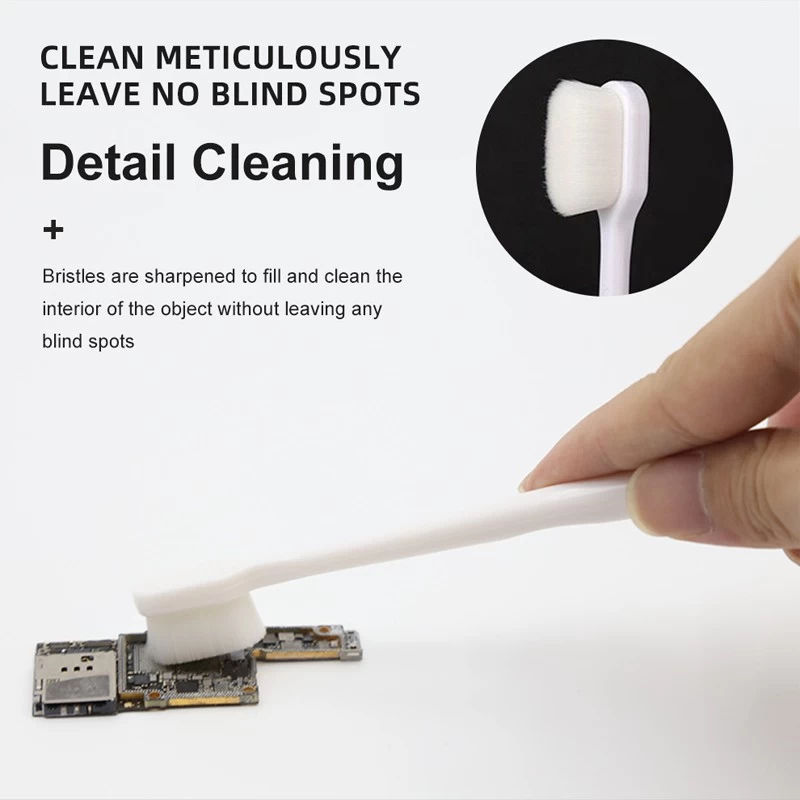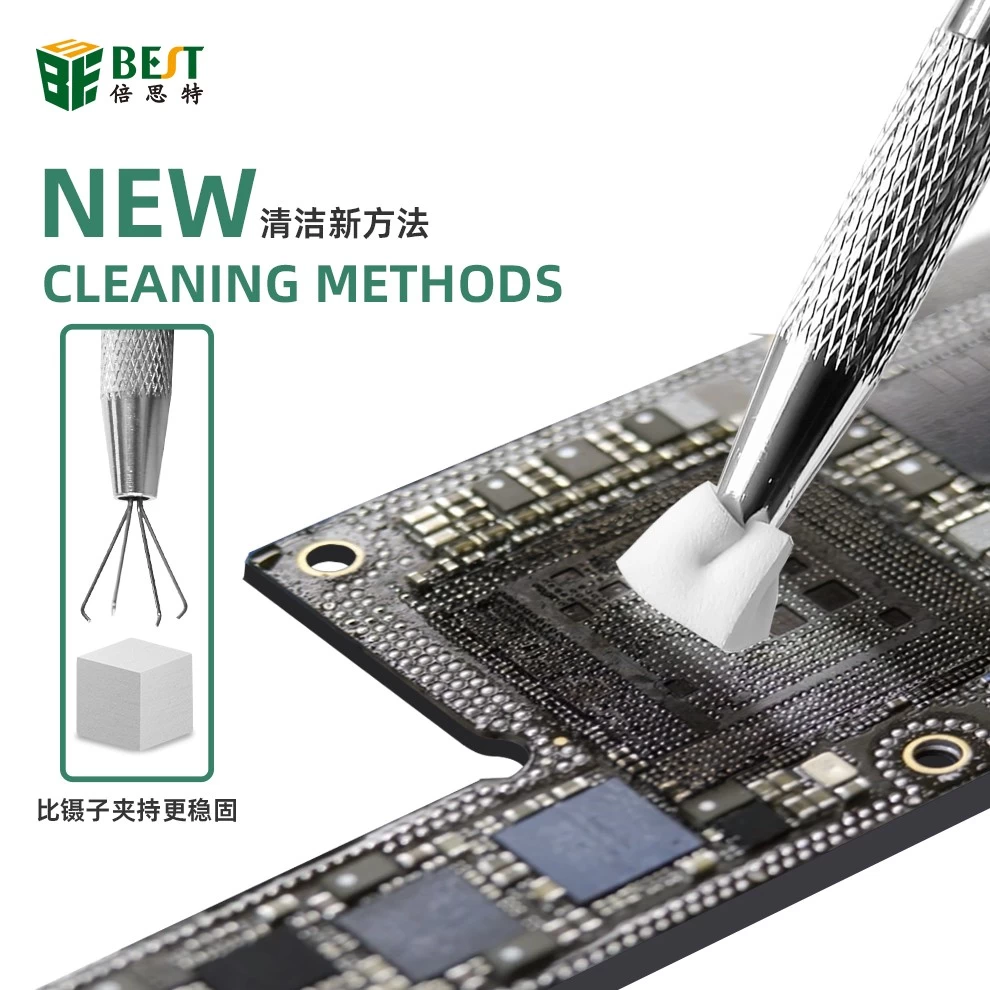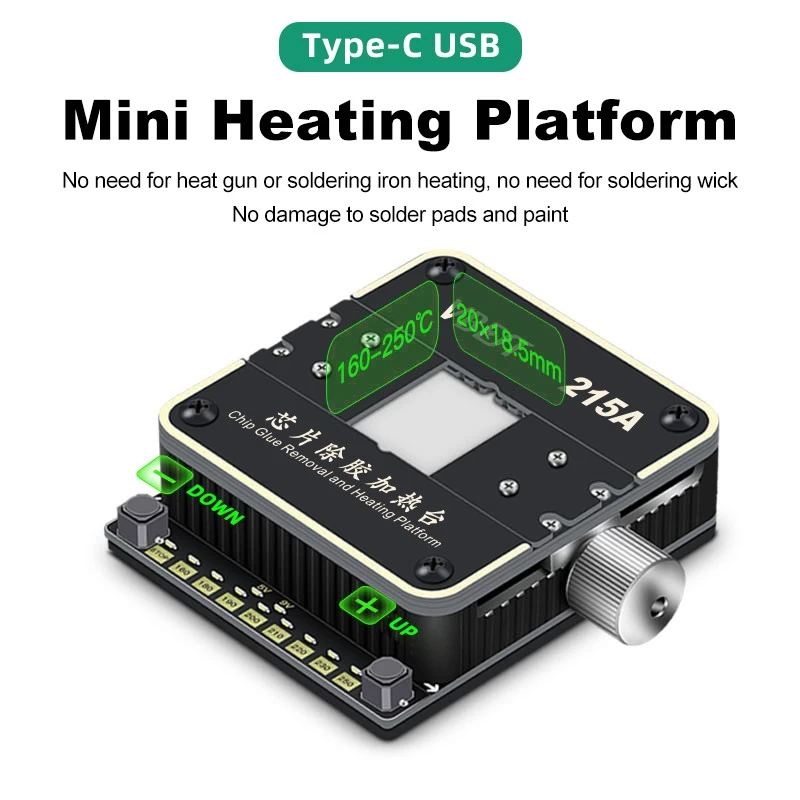How to deal with the smoke generated during the soldering process?
Kelvin
2024-08-13 11:52:32
How to deal with the smoke generated during the soldering process?
Dealing with smoke generated during the soldering process is essential for maintaining a safe and healthy work environment. Here are some effective strategies to manage and mitigate soldering smoke:
1. Improve Ventilation
- Natural Ventilation: Open windows and doors to allow fresh air to circulate and dilute smoke.
- Mechanical Ventilation: Use exhaust fans or air exchange systems to continuously remove smoke from the soldering area.
2. Implement Local Exhaust Systems
- Fume Extractors: Install localized fume extraction systems, such as fume hoods or arms, that capture smoke as it is produced directly at the source.
- High-Efficiency Particulate Air (HEPA) Filters: Use fume extractors with HEPA filters to effectively remove harmful particles from the air.

3. Use Personal Protective Equipment (PPE)
- Respiratory Protection: Provide appropriate respirators or masks that filter out harmful fumes and particles when soldering.
- Safety Goggles and Face Shields: Protect eyes and skin from solder splashes and thermal burns.
4. Select Appropriate Solder and Flux
- Low-Fume Products: Choose low-fume solders and fluxes that produce less smoke during the soldering process.
- Lead-Free Solder: Consider using lead-free solder options, which may generate fewer harmful emissions compared to leaded solders.
5. Adjust Soldering Techniques
- Optimize Temperature Settings: Use the correct soldering iron temperature to minimize smoke generation while ensuring effective soldering.
- Control Soldering Speed: Solder at a steady pace to reduce overheating, which can generate excessive smoke.
6. Regular Cleaning and Maintenance
- Clean Work Area: Regularly clean the soldering area to remove dust and residues that could contribute to smoke.
- Maintain Equipment: Regularly inspect and maintain soldering equipment and fume extraction systems to ensure they are functioning correctly.
7. Train Personnel
- Safety Training: Provide training for employees on the risks associated with soldering smoke and the importance of using ventilation and PPE.
- Best Practices: Educate on best practices for soldering and handling materials to minimize smoke production.
8. Monitoring and Assessment
- Air Quality Monitoring: Conduct regular assessments of air quality in the soldering area to ensure that smoke levels remain within acceptable limits.
- Health Monitoring: Implement health monitoring programs for workers involved in soldering to detect and address any health issues early on.
Conclusion
By implementing these strategies, you can significantly reduce the smoke generated during soldering and protect the health and safety of workers. It is essential to create a comprehensive approach that combines proper ventilation, effective equipment, personal protective measures, and ongoing training to manage smoke effectively in any soldering environment.



